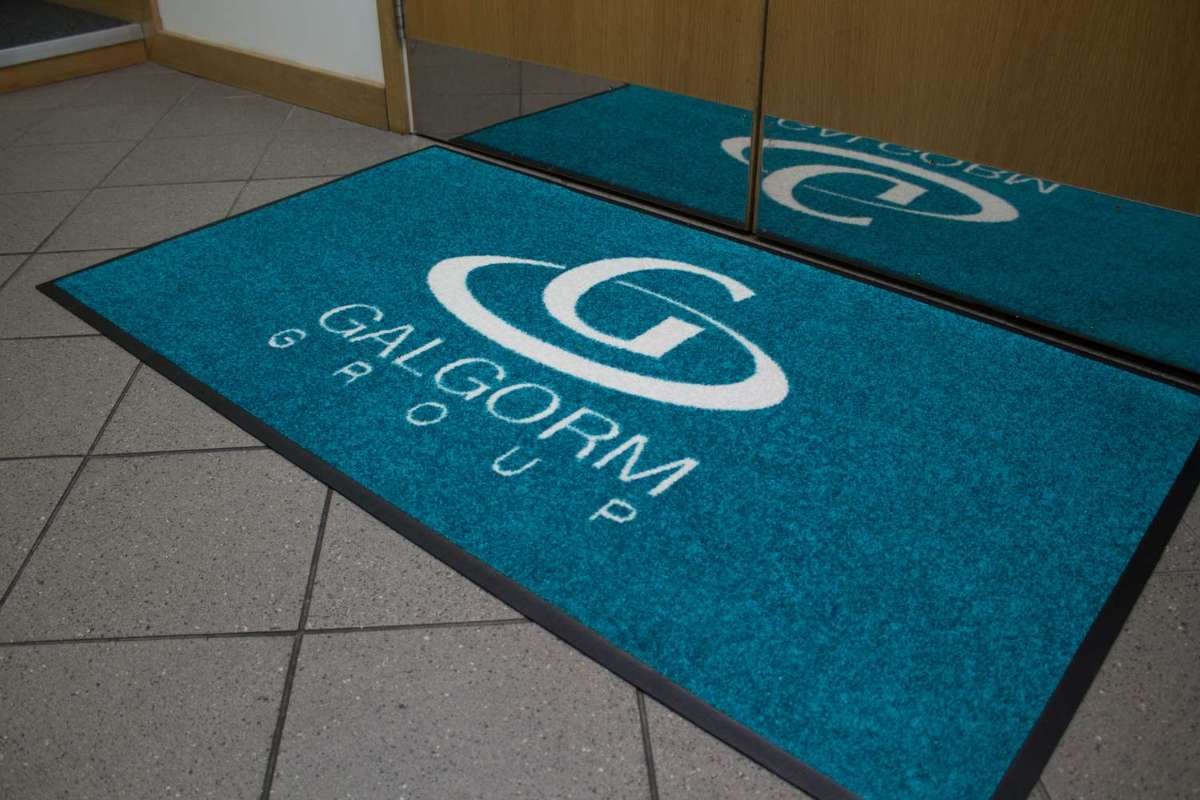Selling a product is no longer about creating promotional ads showcasing its benefits and features. Likewise, you can hardly expect buyers to click the “buy” button by presenting it prominently on your website. The buyer’s journey is an integral part of the selling process, whether you target B2B or B2C audiences. You must understand what makes customers move to the next stages and reach the end to seal the deals.
Gartner notes that 75% of B2B customers prefer rep-free buying self-service. It means a greater inclination for digital searches and purchases. The trends are similar in the B2C e-commerce space. Businesses in both verticals need to dive deep into the concept of buyers’ journeys and align their content marketing strategy with them.
Here are a few actionable insights for content marketing strategy to match your buyers’ expectations.
1. Understanding the Buyer’s Journey

When a person sets out to buy something, they follow a specific path, unless they indulge in impulsive shopping. The buyer journey framework defines the steps they go through in discovering a pain point, researching potential solutions, and eventually purchasing a product or service to address their problem.
According to RevOptica, visualizing this journey can empower marketers and business leaders with a better understanding of their marketing funnel. The framework also lays guidelines regarding sending the right message to the right person to achieve the sales goals.
Before creating a messaging strategy to align with these guidelines, marketers should understand each stage of the journey. These include:
2. Awareness Stage
At this point, an individual struggling with a pain point seeks informational resources to comprehend and frame their problem. The customer does not have solutions or providers in mind during this stage. For example, the search query for a person struggling with sleep deprivation will be “How can I get more sleep?”
3. Consideration Stage

Once the buyer defines a problem, they want to research and understand the available approaches to solving it. At this point, they look for potential solutions but are not still ready to buy. At this point, the same user with sleep issues may type search queries such as “What is the best option to sleep better: taking melatonin supplements or drinking herbal tea?”
4. Decision Stage
When a customer moves to the decision stage, they already have their solution strategy or approach in mind. They only want to compile a list of available vendors and close a purchase decision. For example, someone selecting herbal tea for sleep will have a search inquiry “Which brand of herbal tea is better: Brand A or Brand B?”
Creating a content marketing strategy for Each Stage of the Buyer’s Journey
Now that you know what each stage of the buyer’s journey entails, crafting a content marketing strategy strategy around them is easy. As a rule of thumb, your content should match the audience’s intent at each stage. That’s how you can give customers what they want at a point in time, subtly compelling them to move to the next leg of the journey.

Here are a few content types best suited for different stages of the buyer’s journey:
Awareness
Buyers seek informative and helpful resources to understand their pain points rather than something that sounds like a sales pitch. The ideal content types to integrate into your content marketing strategy for the awareness stage include:
- Relevant and valuable blog posts
- Social media posts offering quick answers
- Webinars with educational content
Consideration
Buyers want to research solutions at this stage, so you should have the right content formats to cater to their needs. It should be about providing even more information. However, the information you offer now should be about your products or services and how they can help the audience achieve their goals. The best content types for this stage are:
- How-to videos with instructional content
- eBooks with comprehensive details on complicated topics
- Whitepapers to show your brand’s authority
- Comparison guides covering diverse products or services
Decision
Since customers are already prepared to close the deal, it is time to give them a reason to choose your offering over the competitors’. The best form of content at this stage is something that pushes them a step ahead toward conversion. These include:
- Case studies to highlight your track record
- Free consultations and estimates
- No-cost trials and demos
Mapping Content Across the Buyer’s Journey
You cannot take a one-size-fits-all approach when it comes to aligning your content marketing strategy with the buyer’s journey. The buying funnel differs for every business and industry. At times, it may be subjective to customers because the same business may target different audience demographics.
The best way to fine-tune your content marketing strategy is by understanding your audience and developing a strategy mapping custom content specific to their expectations and behavior. Also, track changes and continuously improve your approach.


















